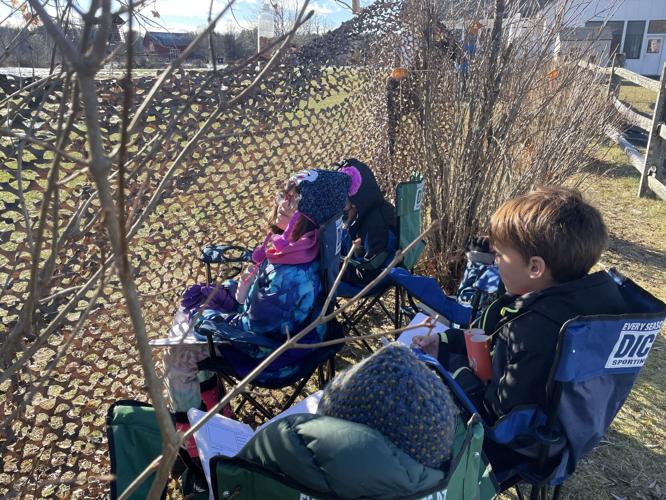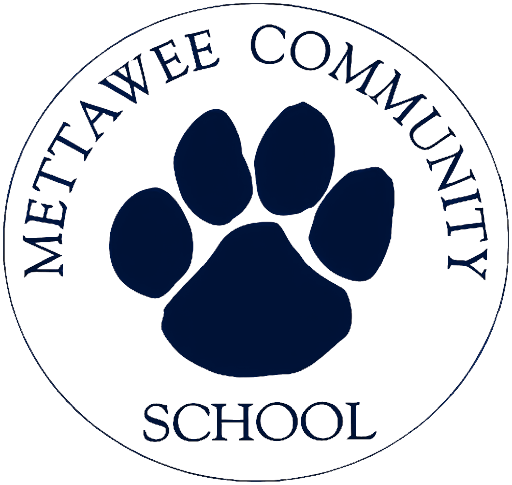December 14, 2021:
The wee birdwatchers nestled into their folding chairs secreted in the bushes, on a brisk December day. Hidden by a mesh hunting blind, they opened their journals and prepared to document whatever appeared before them. Out came the pragmatic, painted binoculars, constructed from, um, toilet paper rolls. Everyone quieted down, not at all easy for wriggly, second graders, and wondered if the birds would come. The “ssshhing” gave way to real silence. They heard the wind blow through the trees ornamented with seed-filled bird feeders, crafted by the birdwatchers themselves, from plastic water bottles with wooden spoons or pencils, used for perches. Suddenly, a chickadee. Then another. And another!
Just another day at Ross Harmon’s second grade class on biodiversity at the Mettawee Community School (MCS). Throughout the Fall, he has led his young charges on a journey of the living sciences. He took his students to the Vermont Institute of Natural Science (VINS) to observe the wide range of trees — different sizes, types of bark and variety of leaves. As a primary source of food for birds, tree seeds served as a natural bridge to the study of natures' feathered friends.
“Every step is mapped out,” Harmon says. "After birds we will move on to concentrate on winter survival. We’ll pay attention to how birds fly south for warmer weather. Then we transition to bears hibernating and deer adapting so they can subsist in the forests and fields during the snow and cold. The kids are all looking forward to finding and identifying animal tracks in the snow.”
In each step in this study of nature, Harmon takes advantage of the Mettawee’s connection to the outdoors. Harmon’s classroom includes a door that opens directly outside. Next to the school is an astonishingly diverse 140 acres of forest, wetlands, and pastures owned by Merck Forest & Farmland Center (MFFC) with a conservation easement through the Vermont Land Trust. The land also serves as a vast backyard for Mettawee students. MFFC staff work directly with students, tutoring them on the living sciences and providing professional training and tools for teachers, such as Harmon, to assist in their daily instruction.
On the first day of birdwatching, the students were ready. Harmon conducted a final pep talk prior to going outside. What are the types of bird beaks? Hands shot up. Voices rang out. “Filter”, “Drilling”, “Cracking”, “Ripping” “Probing”. What are the types of feet? “Climbing”, “Claws”, “Perching”, “Walking”, “Web for swimming”. They prepared to take notice of flight patterns, types of tails, colors and what the bird was doing when first spotted. In their journals they would document their observations, write their impressions and draw pictures of birds they saw.
Over the next hour, three small groups of children rotated diligently through three separate viewing stations. At each stop, they quietly set up shop, made observations, and bent over their journals, writing furiously. When the outdoor activity ended, the bottled up excitement boiled over and one small boy shouted happily: “When I saw the small beak, I knew it was a Dark-Eyed Junco!”
The second graders are learning what the New England poet Emily Dickinson discovered by being an excellent observer: “Hope is the thing with feathers.”



